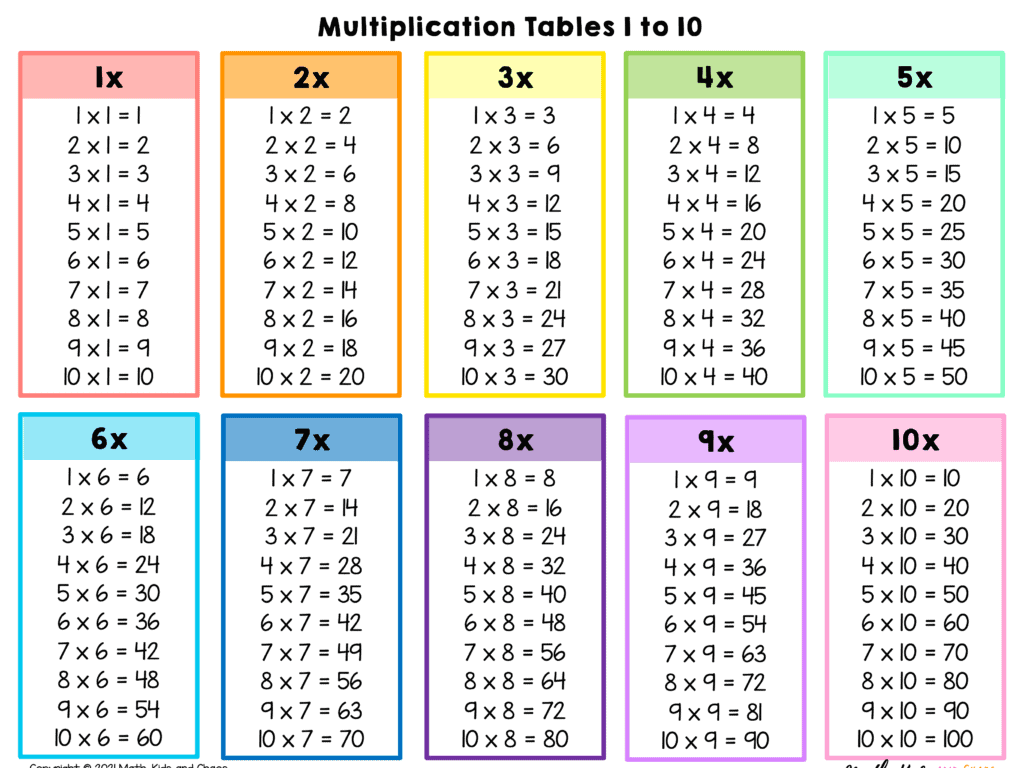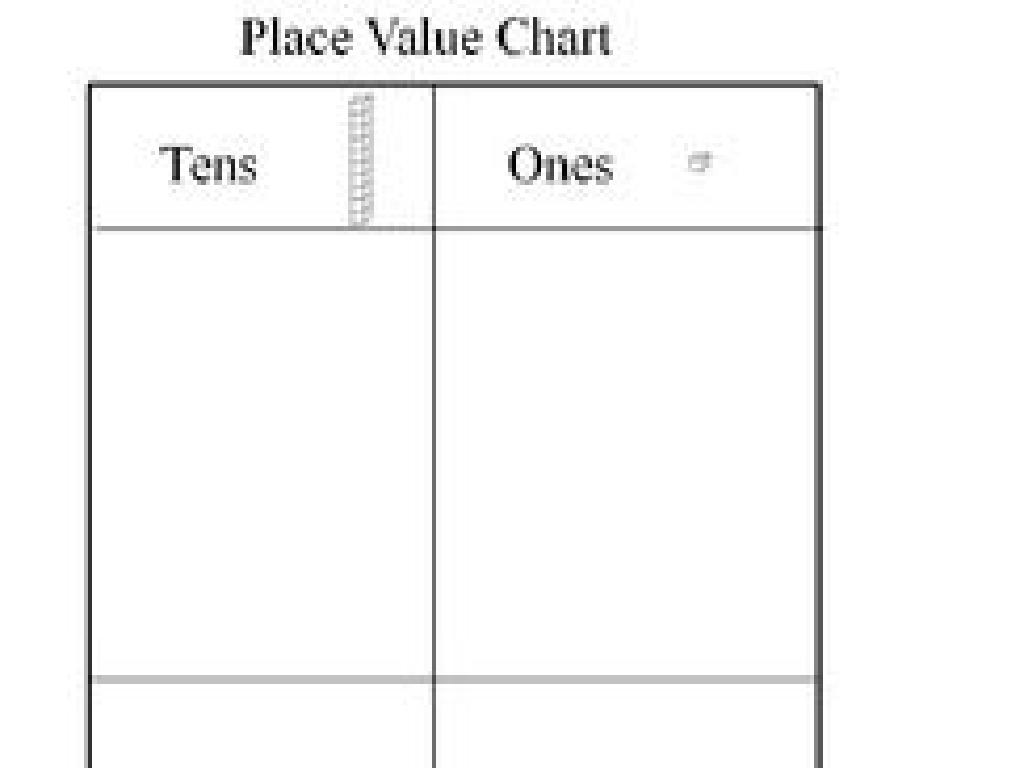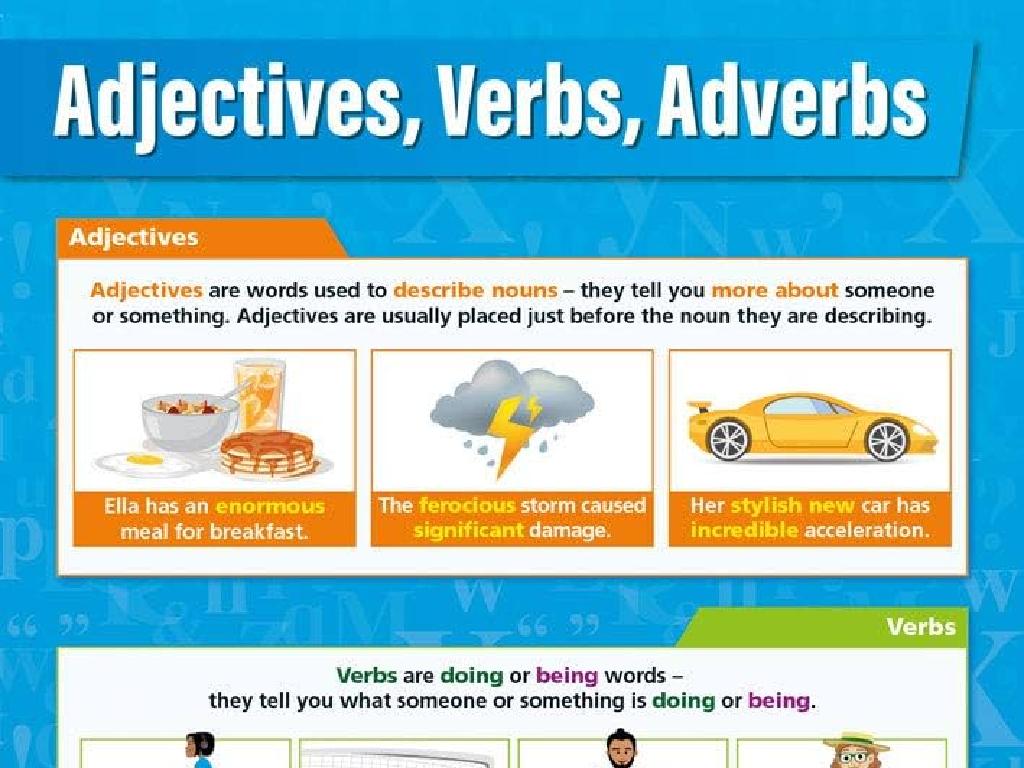Missing Operators
Subject: Math
Grade: Fifth grade
Topic: Numerical Expressions
Please LOG IN to download the presentation. Access is available to registered users only.
View More Content
Today’s Adventure: Missing Operators!
– Explore math equation basics
– Equations are made of numbers and symbols that tell us what to do.
– Learn how operators guide us
– Operators like +, -, *, / indicate addition, subtraction, multiplication, division.
– Solve for missing operators
– Find which operator makes the equation true, e.g., 4 _ 2 = 8 could be 4 * 2.
– Practice with fun examples
– Use puzzles and games to find the correct operators and solve equations.
|
This slide introduces students to the concept of missing operators in numerical expressions. Begin by explaining the components of math equations, emphasizing the role of operators as instructions that tell us how to manipulate numbers. Illustrate with simple examples how different operators affect the outcome of an equation. Challenge students to identify the correct operator that would make an incomplete equation true. Incorporate engaging activities such as math puzzles or interactive games where students can practice inserting the correct operator to complete an equation. This hands-on approach will help solidify their understanding of how operators function within math expressions.
Understanding Operators in Math
– Operators are action symbols
– Examples: +, -, ×, ÷
– Add (+), Subtract (-), Multiply (×), Divide (÷)
– Operators in expressions
– They tell us what to do with numbers in problems
– Practice finding operators
– Let’s identify operators in different math problems
|
This slide introduces the concept of operators to fifth-grade students, explaining that operators are symbols used in math to indicate the action to be taken with numbers. Provide clear examples of each operator and their corresponding action: addition, subtraction, multiplication, and division. Emphasize that operators are crucial in forming numerical expressions and solving math problems. Encourage students to practice by identifying operators in various math problems, reinforcing their understanding of how operators dictate the operations to be performed on numbers.
Finding the Missing Operators
– Equations can have missing pieces
– Our task: Find the correct operator
– Example: 8 _ 2 = 16
– What fits? 8 plus 2, 8 minus 2, 8 times 2, or 8 divided by 2?
– Solve for the missing operator
– Practice with different numbers and find the operator that makes the equation true
|
This slide introduces the concept of missing operators in equations, a fundamental part of understanding numerical expressions. Students will learn that an operator is a symbol that tells us what to do with numbers in a math problem. The main activity is to determine which mathematical operation (addition, subtraction, multiplication, division) will make a given equation true. Use the example provided to show students how to approach these types of problems. Encourage them to think critically about the relationship between the numbers and the result. Provide additional examples for practice, such as 5 _ 3 = 15, and guide them through the process of elimination to find the correct operator.
Practice with Missing Operators
– Solve together: 5 _ 3 = 15
– What operator turns 5 into 15 when used with 3?
– Solve together: 12 _ 4 = 3
– Find the operator that makes 12 become 3 when used with 4.
|
This slide is designed for an interactive class activity where students will practice identifying the correct mathematical operators to complete an equation. For the first example, guide the students to understand that multiplication is the correct operator, as 5 times 3 equals 15. For the second example, explain that division is the operator that will make the equation true, as 12 divided by 4 equals 3. Encourage the students to think about the relationship between the numbers and the result to determine the missing operator. This exercise will help solidify their understanding of basic arithmetic operations and how they are used in numerical expressions.
Your Turn to Solve: Missing Operators
– Find the missing operators
– Pair up and solve together
– Work with a classmate to fill in the blanks
– Consider the desired result
– What operation will give the correct answer?
– Discuss your strategies
– Share how you figured it out with the class
|
This slide is an interactive class activity where students are encouraged to apply their understanding of numerical expressions by finding missing operators. Students should work in pairs to foster collaboration and discussion. Remind them to think critically about the end result they need to achieve with the given numbers. For example, if the expression is ‘5 _ 3 = 15’, they should recognize that multiplication is the missing operator. Provide guidance on how to approach problem-solving and encourage them to discuss their thought process. Possible activities could include solving printed worksheets, using manipulatives, or creating their own problems for others to solve. The goal is to reinforce their understanding of operations and how they relate to one another within numerical expressions.
Class Activity: Operator Detective
– Become an Operator Detective!
– Receive a worksheet with missing operators
– Equations like 4 __ 3 = 7, what fits in the blank?
– Your mission: Find the correct operators
– Use addition, subtraction, multiplication, or division
– Share your answers with the class
|
This interactive class activity is designed to help students understand the use of different operators in numerical expressions. Distribute worksheets with various equations where the operators are missing, and students must deduce the correct operator to complete the equation. For example, if the equation is 8 __ 2 = 4, students should determine whether to use multiplication, division, addition, or subtraction. After completing the worksheet, students will share their answers and discuss the reasoning behind their choices. This will not only reinforce their understanding of operators but also encourage critical thinking and discussion. Possible variations of the activity could include pairing students for collaborative problem-solving or creating a game where students earn points for correct answers.
Mission Accomplished, Math Detectives!
– Congrats on mastering operators!
– Review: Operators in expressions
– Remember how +, -, *, and / help us in math?
– Operators are key to problem-solving
– They help us find missing pieces in math puzzles.
– Practice makes perfect
|
This slide is a celebration of the students’ achievements in understanding the use of operators in numerical expressions. It’s important to recap the different operators (addition, subtraction, multiplication, division) and their roles in forming and solving expressions. Emphasize how operators are like clues in a puzzle that help us find the missing numbers in math problems. Encourage students to continue practicing with different problems to become more confident in their detective skills. This will set a strong foundation for future math concepts.
Homework Challenge: Operator Detectives
– Embrace your inner detective
– Complete the Missing Operator worksheet
– Find the correct operator (+, -, *, /) to complete the equations
– Analyze each numerical expression
– Use clues from the numbers to decide
– Share your findings next class
|
This homework is designed to reinforce the concept of numerical expressions and the use of operators. Students will act as detectives, using their problem-solving skills to determine the missing operators in a series of equations. Encourage them to look for patterns and use inverse operations to help find the correct answers. Remind them that there may be more than one correct answer for some problems. In the next class, we will review the worksheet as a group, allowing students to explain their reasoning and how they solved each problem. This will not only help them understand the material better but also build their confidence in mathematical reasoning.






